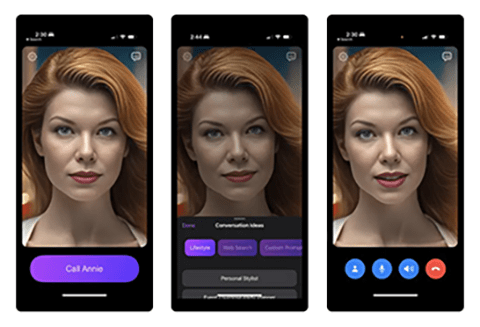
Melbourne Skyline from Southbank, Australia. Photo by Mark Pegrum, 2023. May be reused under CC BY 4.0 licence.
VicTESOL Symposium
Melbourne, Australia
13 October, 2023
I was invited to be a member of a panel on Generative AI in EAL learning: Promises and challenges at the VicTESOL Symposium held at the Victorian Academy of Teaching and Leadership in North Melbourne. Hosted by Melissa Barnes (La Trobe University) and Katrina Tour (Monash University), the other members of this 3-person panel were Shem Macdonald and Alexia Maddox (both from La Trobe University). Perhaps reflecting the degree of interest in this area, the panel ran twice, with different audiences.
We started off each time by considering the opportunities presented by generative AI in terms of language learning inside classrooms (explaining vocabulary or grammar points; acting as a concordancer to provide examples of language-in-use; improving language, register and style; creating self-study revision questions; collaborative story-writing; and engaging in immersive conversation, with AI acting as a Socratic tutor – an approach currently being explored by the likes of the Khan Academy and Duolingo in its Max premium subscription version) as well as in terms of preparation for present and future life needs outside classrooms (including the need to use AI in professional workplaces, as well as when interacting with chatbots and automated services provided by government organisations and corporations).
We then quickly moved on to discussing the challenges raised by generative AI, and the need for teachers and students to take a critical stance towards this rapidly evolving technology. In particular, this entails the development of AI literacy, which intersects with a number of other key digital literacies: prompt literacy, search literacy, attentional literacy and, perhaps above all, information literacy and critical literacy. We should also remember that not all students are ready or able to use this technology: accessibility is a major issue for many, especially in communities of recent migrants and refugees. Neither are all teachers ready: in some cases, some of our students may have more awareness of and facility with the technology that we do, but it’s crucial that we upskill ourselves and help students develop the aforementioned critical perspective that may sometimes be missing.
Questions and comments from the audiences at both panels were revealing: it’s clear that for many educators, the initial wave of consternation that accompanied the release of ChatGPT and the following wave of genAI has subsided, and teachers are finding productive ways to build such technologies into their teaching, their students’ learning activities, and even their assessments. Our reflective conversations and exchanges of ideas about how to best incorporate these technologies into education augur well for the future.
In coming years, we’ll no doubt be hearing a lot more presentations and panels about generative AI and its place in language learning and education more broadly. Meanwhile, photos from the panel are available on Twitter/X.
